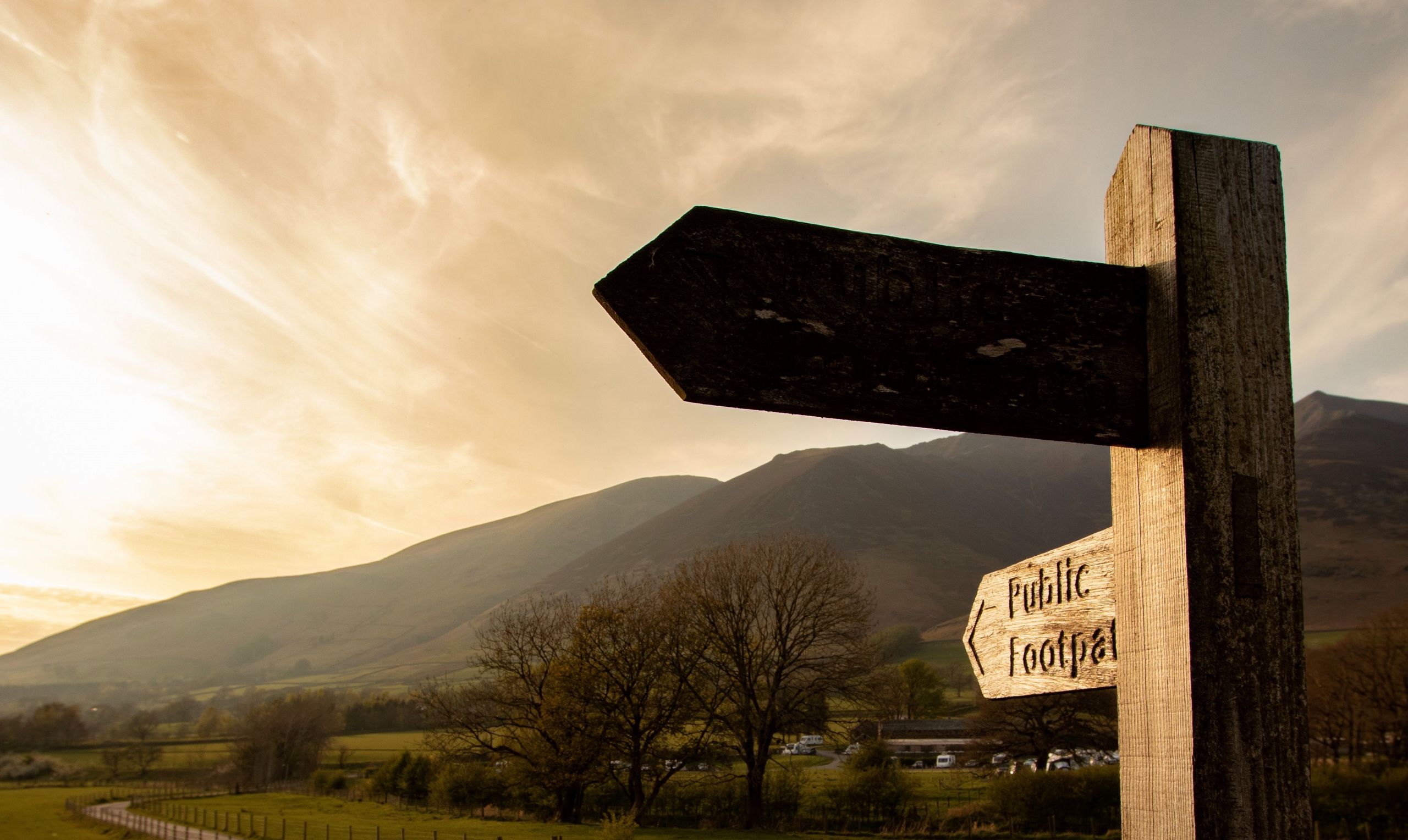7 actions you can take to resolve issues on public rights of way
How to convince a local authority that public paths need better protection, maintenance and investment

With budgetary pressures, competing priorities and more statutory duties than ever, it can feel like councils aren’t listening to reports of problems on public rights of way.
Based on years of Ramblers’ experience here are some ideas on how to convince your local authority that public paths need better protection, maintenance and investment.
The legal position
Local highway authorities (county councils and unitary authorities) have a statutory duty to assert and protect the public's right to use and enjoy public paths. They have significant powers to help them meet this duty. For example, in cases where a landowner is refusing to remove an obstruction, they can apply to the magistrates for a court order requiring the obstruction to be removed. They can also ask the court to issue fines for non-compliance. Courts can order the offending landowner to pay the council’s legal fees. Unfortunately, this power is rarely used, usually due to lack of staff resource. However, the House of Lords has declined to accept shortage of money as an adequate excuse for not carrying out a statutory duty.
7 actions you can take
If there is a problem you are trying to resolve you should first make sure you have successfully submitted reports to the correct local authority. If you haven’t received an adequate response from the council, here are 7 ways you can take action:
1. Ask your local Ramblers Footpath Officer for help
You can often find contact details for Ramblers volunteers on the our website.
2. Write to your local councillor
This could be the ward councillor who represents you, or the one for the area in which the path lies. Explain the problem and ask them to intervene on your behalf. Use https://www.writetothem.com/ to find out who to contact. You could also invite the councillor to meet you on the path to show them how bad the situation is.
3. Write to the Director of Highways or the Countryside Manager
An email is the best form of communication if you can find their email address. If not, send a letter to the council office.
4. Contact the council committee chairman or cabinet member responsible for rights of way.
You will be able to find contact information on the authority’s website.
5. Write to the local newspaper
Send a letter to the editor expressing your concern at the authority’s inaction. You could also send a press release to all your local newspapers and radio stations.
6. Lodge a formal complaint
You can lodge a complaint with the local authority by following their complaints procedure. Details of how to do this should be easy to find on their website. You can also lodge a complaint with the Local Government and Social Care Ombudsman stating that the highway authority has failed to carry out its statutory duty.
7. Use the law
There are legal mechanisms that can be used in limited circumstances to force the local authority to act. We have detailed information on the legal process for getting obstructions removed from paths and resolving problems with path surfaces

Resolving problems with path surfaces
If you have repeatedly reported a problem to the local authority and no action has been taken you can use the law to force the council into action

Getting obstructions removed from paths
If you have repeatedly reported a problem to the local authority and no action has been taken you can use the law to force the council into action

Closures and diversions on the rights of way network
How local authorities are able to permanently or temporarily change the public rights of way network.